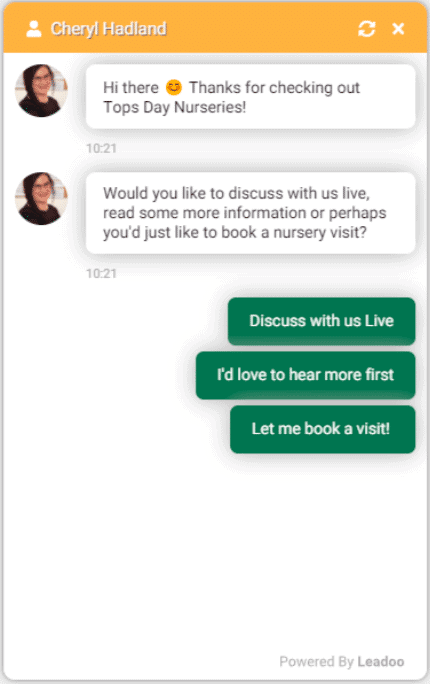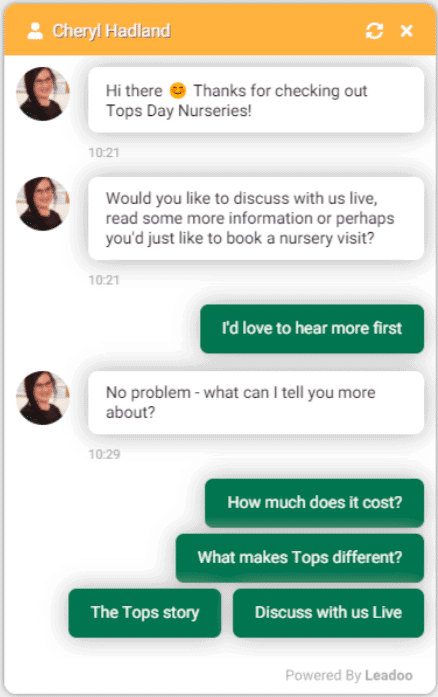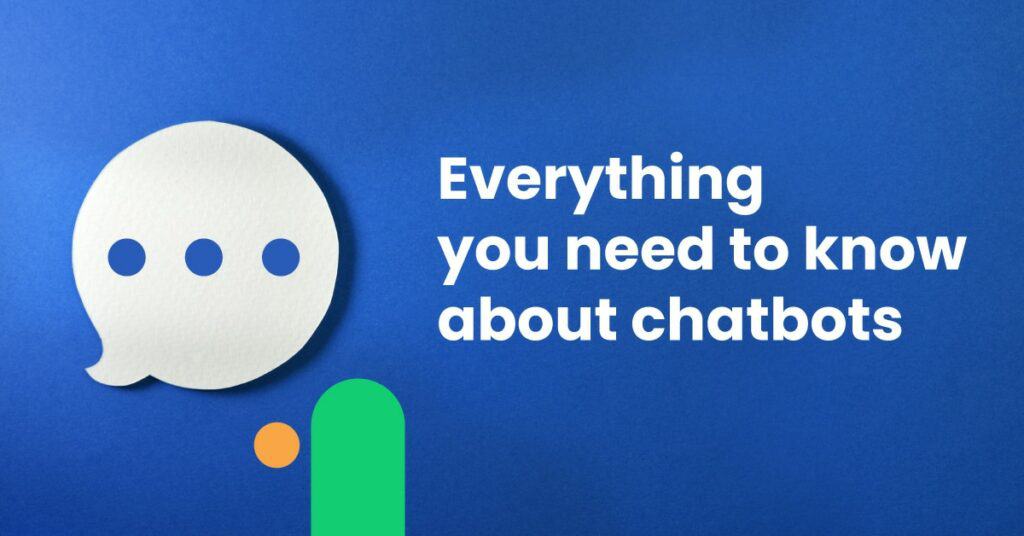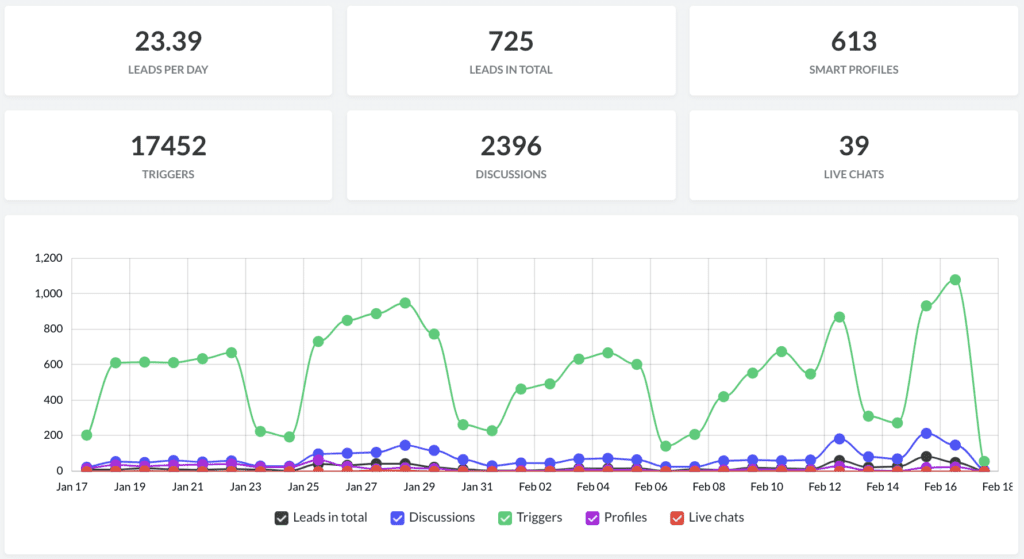Chatbots are now a standard feature of many websites, and a growing number of these companies are offering hybrid chats – where the visitor can choose whether to deal with a live agent or a chatbot. There are plenty of published surveys which state that users say that they hate chatbots. But behavioural data shows the opposite.
We’re not short on surveys to choose from which state that people don’t like chatbots or that they actively try to avoid them if possible, and prefer humans. Yet we acknowledge that chatbots and automation will become more and more popular because of their clear benefits – chatbots are infinitely quicker at finding a resolution than a human, they can be available 24/7 and don’t require rest breaks or holidays, and the ability to automate the lesser tasks which take up the lion’s share of the time. You can focus your human resources on tasks which require humans, meaning your workforce becomes more efficient at helping customers and dealing with issues.
We conducted an analysis on data from our platform – Leadoo Conversion platform – taking into account 162 bots, totalling 444,015 conversations. These bots were selected as they offer both live chat and a chatbot next to each other, with the customer able to make a selection, in a system known as a hybrid chat.
What is a hybrid chat?
A hybrid chat is a chat where livechat and a chatbot are offered side by side at the beginning of the conversation. This allows the customer to select the option most suitable for their needs, and also helps to qualify what the customer needs. It determines how the next part, whether with a bot or human, continues on.
An excellent example of how hybrid chats can be used would be to take a look at one of our own clients. Tops Day Nurseries is a large early years education company with nurseries all over the South of England. Tops wanted to be able to provide prospective parents a way to contact them quickly and directly, if required, through live chat. But they also wanted to provide a way for customers to self-manage using the chat bot if they were simply looking for information, for example, and therefore perhaps not ready to discuss with a representative from the nursery just yet.

This is where their bot steps in – the chatbot can provide a range of information, such as pricing and company information, whilst still continuing to offer the option for the prospect to speak with a representative should they have all the information they need to begin the sales process.

What does the data on chatbots, live chat and hybrid chats show?
Our analysis shows that when live chat and a chatbot are offered side by side, 33% chose live chat – but a whopping 67% chose the chatbot.
“We were really surprised by the results as public sentiment is quite negative towards chatbots and automation as a whole. This once again shows that asking for opinions with surveys isn’t the whole truth; you also need to get behavioural data to see how people really act,” co-founder and CMO Santtu Kottila explains.
According to the company, there was also no statistical difference when they analysed the same numbers – whether the companies were in product or service businesses, B2C or B2B businesses, or in different industries:
“It’s really quite interesting that the numbers are so similar, even when comparing across industries and business types. The data set has companies from really traditional industries such as manufacturing and on the other side, companies from new and emerging businesses like SaaS and tech, and yet there’s still no difference,” Kottila continues.
Chatbots and automation tools are supposed to make life easier for people. Chats and chatbots are no exception. People value speed, as we tend to spend only a couple of minutes on any given website.
“This data underlines the importance of speed. People work at a faster pace now, and are not afraid of using chatbots to get things done when given the opportunity to choose.”
Hybrid chats and chatbots will remove manual tasks from humans but it will not make people redundant. Not, at least, according to Kottila:
“I would say that it’s actually quite the opposite. Automation takes a lot of repetitive tasks away from humans who get easily bored of dealing with the same tasks day in and day out. That frees our time to focus on the more complex issues that bots can’t handle.”
Key Takeaway
The main things we found from our research were:
👉 When livechat and a chatbot are offered side by side 33% choose livechat and 67% choose a chatbot
👉 The analysis doesn’t show any statistical differences when considering the results between product vs. services businesses, B2C vs. B2B businesses or when comparing industries
Customers value efficiency over everything. They don’t want to spend hours interacting with your site attempting to find what they need, no matter how pretty your graphics are or how mobile-friendly it is.


